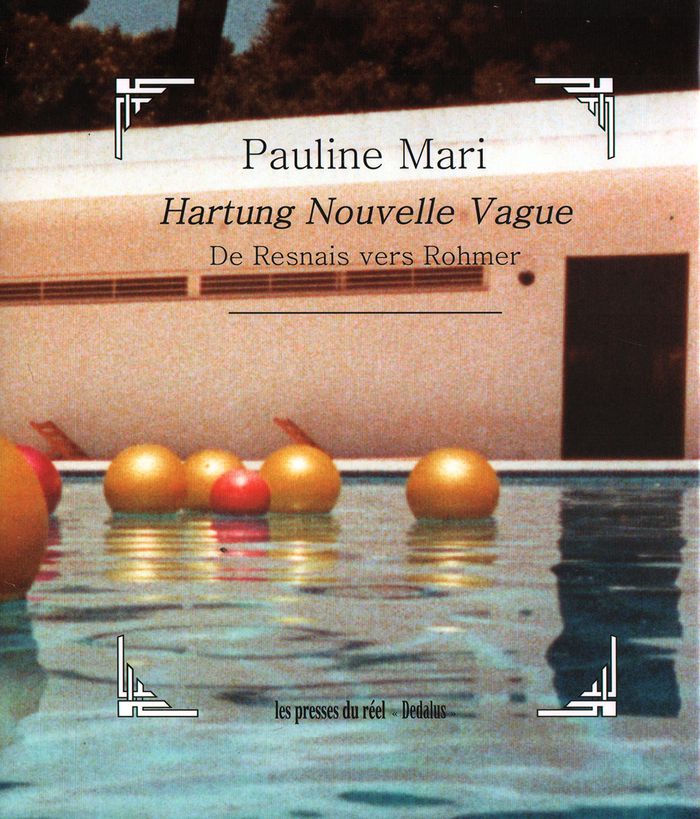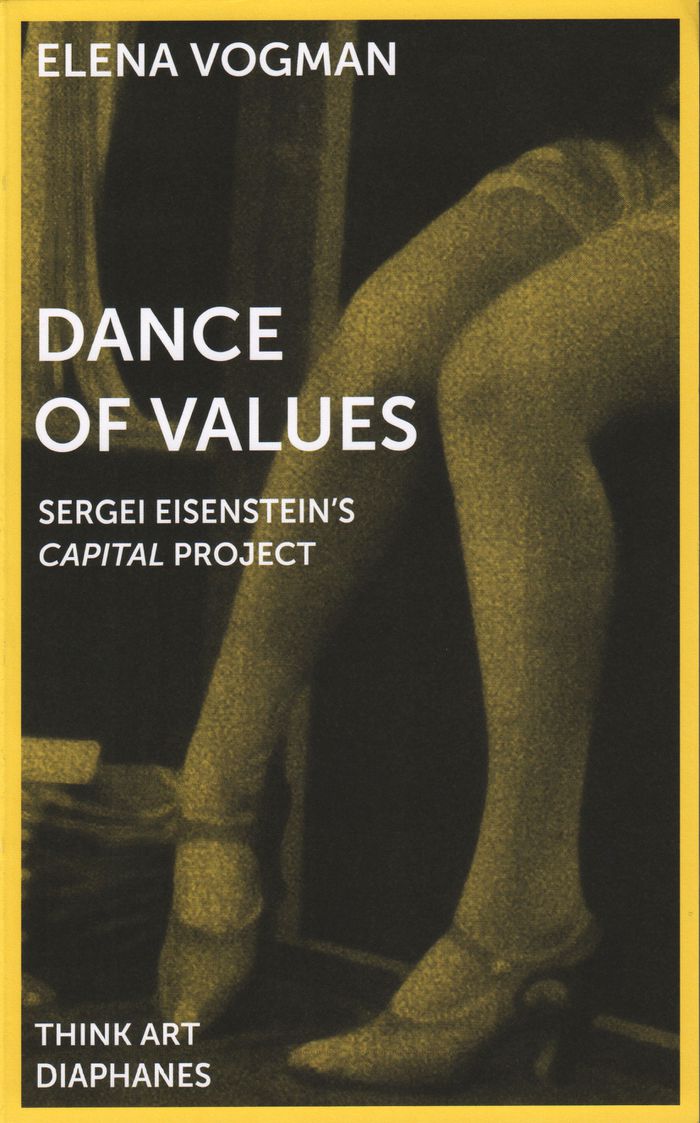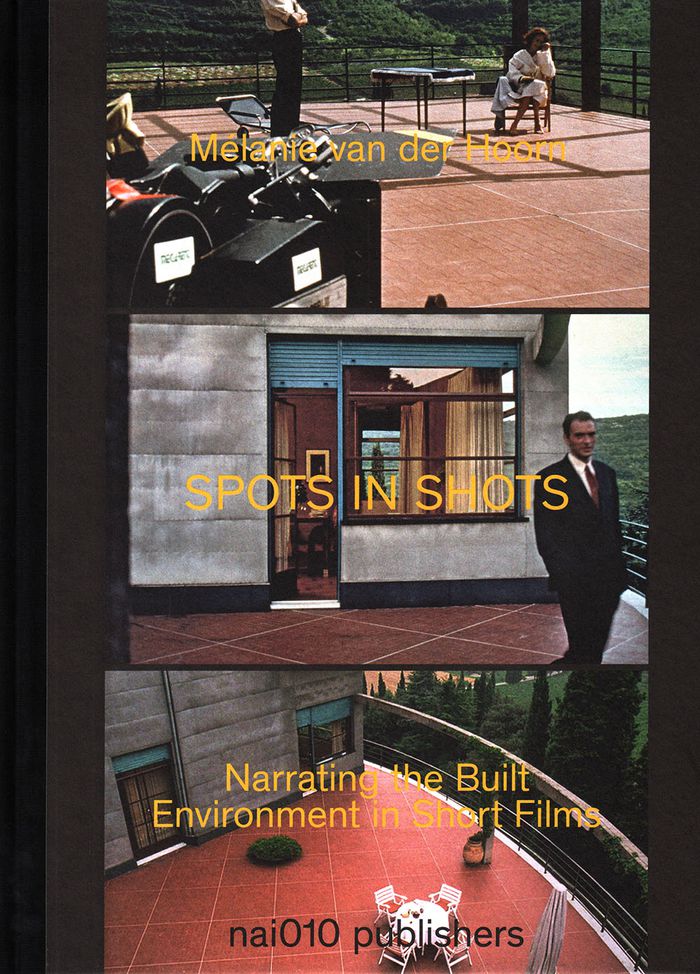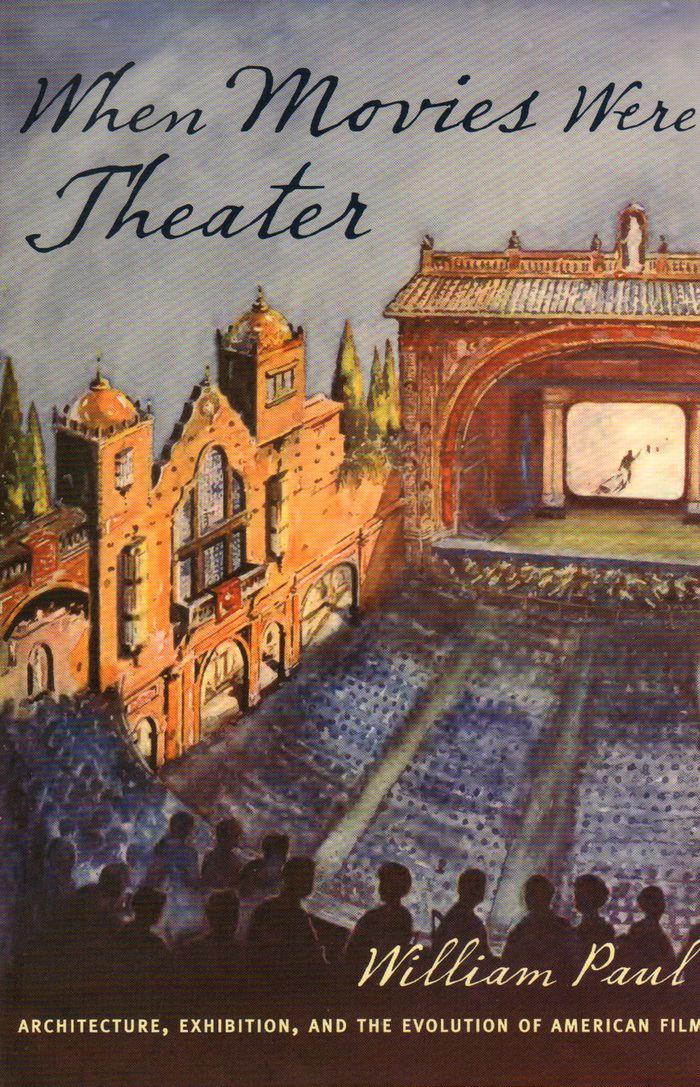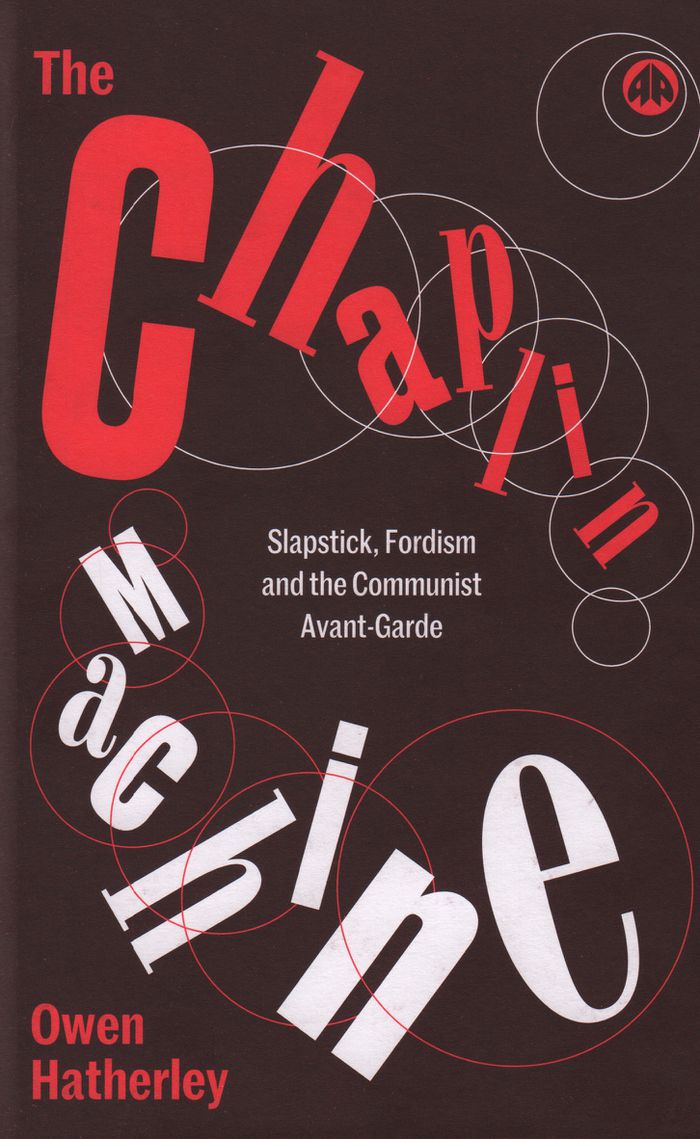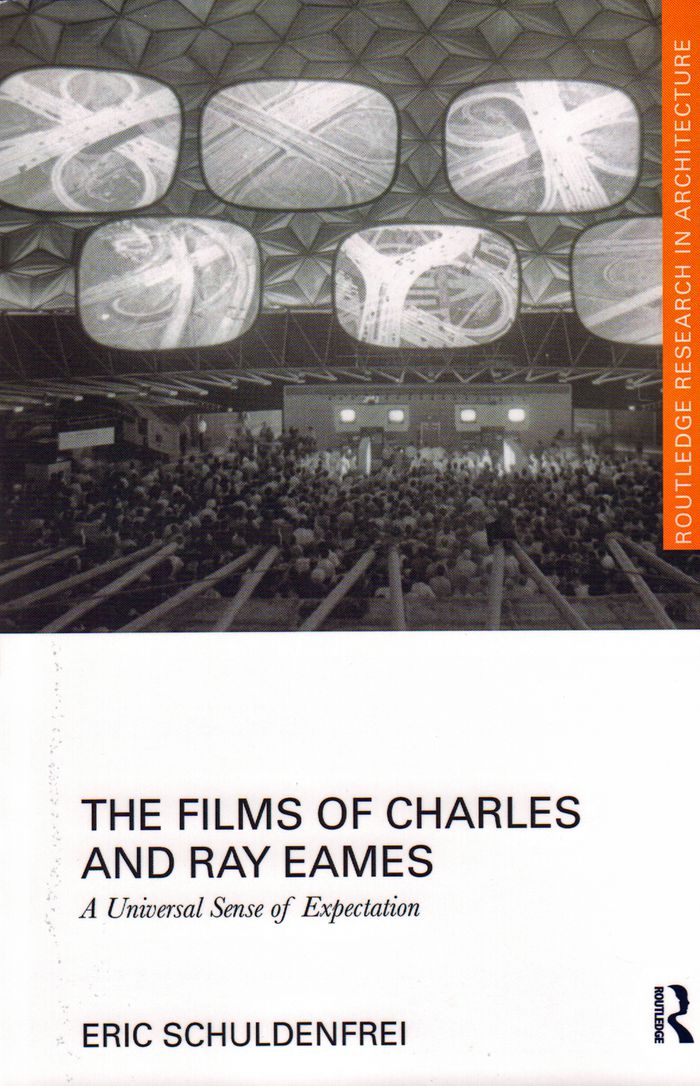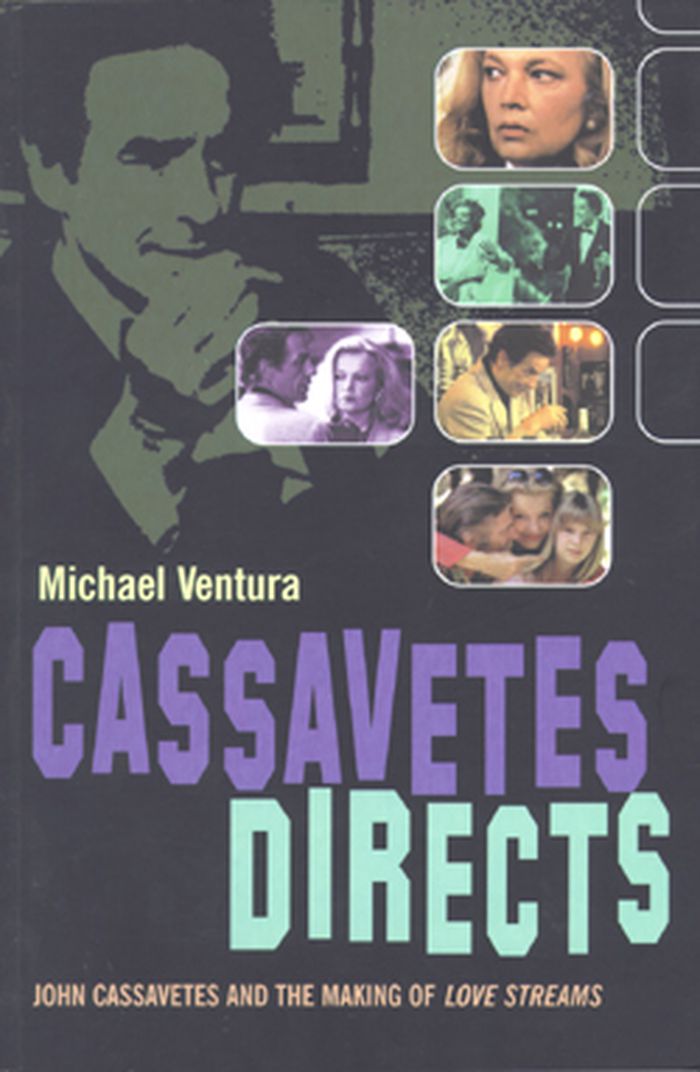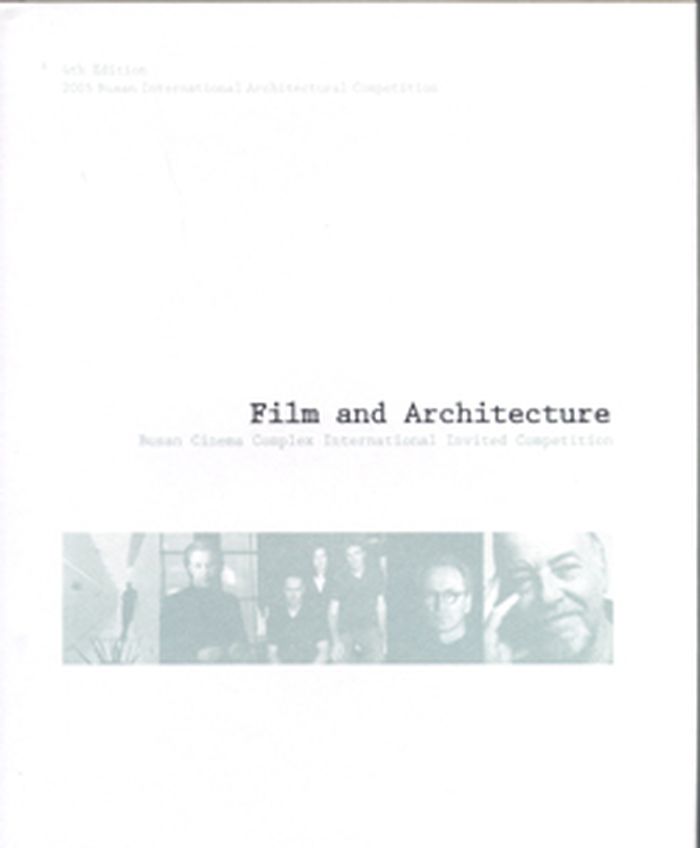$49.95
(available in store)
Summary:
Cet essai explore une facette de Hans Hartung (1904-1989) d'apparence improbable : les liens de ce géant de la peinture abstraite avec le cinéma. Il n'existe aucun film de Hartung, ni d'inclination réelle de sa part pour le septième art. Mais une enquête au cœur d'innombrables archives jusqu'alors inédites révèle des réseaux insoupçonnés : ce sont, entre autres, des(...)
Hartung Nouvelle Vague : De Resnais vers Rohmer
Actions:
Price:
$49.95
(available in store)
Summary:
Cet essai explore une facette de Hans Hartung (1904-1989) d'apparence improbable : les liens de ce géant de la peinture abstraite avec le cinéma. Il n'existe aucun film de Hartung, ni d'inclination réelle de sa part pour le septième art. Mais une enquête au cœur d'innombrables archives jusqu'alors inédites révèle des réseaux insoupçonnés : ce sont, entre autres, des réalisateurs comme Alain Resnais, Henri-Georges Clouzot, Jean-Luc Godard, Éric Rohmer, plus récemment Larry Clark, qui ont admiré l'homme et sa peinture. Sa vie de héros antinazi, ex-légionnaire amputé au genou, traversé d'expériences cauchemardesques, mais déterminé à peindre ses « taches », passionnait. Qu'il ait été parodié, glorifié dans des décors de film, ou qu'il ait nourri des rôles campés par Anthony Perkins comme Maurice Ronet, Hartung est un fascinant point aveugle du cinéma.
Architecture and Film, Set Design
$65.00
(available to order)
Summary:
Sergei Eisenstein’s cinematic adaptation of Karl Marx’s Capital was never realized, yet it has haunted the imagination of many filmmakers, historians, and philosophers to the present day. 'Dance of Values' aims to conjure the phantom of Eisenstein’s Capital, presenting for the first time material from the full scope of the film project’s archival body. This 'visual(...)
Dance of values: Sergei Eisenstein's Capital proect
Actions:
Price:
$65.00
(available to order)
Summary:
Sergei Eisenstein’s cinematic adaptation of Karl Marx’s Capital was never realized, yet it has haunted the imagination of many filmmakers, historians, and philosophers to the present day. 'Dance of Values' aims to conjure the phantom of Eisenstein’s Capital, presenting for the first time material from the full scope of the film project’s archival body. This 'visual instruction in the dialectical method,' as Eisenstein called it, comprises more than five hundred pages of notes, drawings, press clippings, diagrams, negatives, theoretical reflections, and extensive quotations. 'Dance of Values' explores the internal formal necessity underlying Eisenstein’s artistic choices, and argues that its brilliant adaptation of Marx’s Capital relied on the fragmentary and nonlinear state of its material. Published here for the first time, sequences from Eisenstein’s archival materials are presented in this volume not as mere illustrations but as arguments in their own right, a visual theorization of value.
Architecture and Film, Set Design
$69.95
(available to order)
Summary:
'Spots in Shots' explores a selection of little-known but fascinating short films made in Europe and the US between 1990 and 2017 that tell stories about architecture and urban development. Based on interviews with the filmmakers, the book asks how cinema can stir public interest in the oeuvres of architects.
Spots in shots: narrating the built environment in short film
Actions:
Price:
$69.95
(available to order)
Summary:
'Spots in Shots' explores a selection of little-known but fascinating short films made in Europe and the US between 1990 and 2017 that tell stories about architecture and urban development. Based on interviews with the filmmakers, the book asks how cinema can stir public interest in the oeuvres of architects.
Architecture and Film, Set Design
$40.00
(available to order)
Summary:
There was a time when seeing a movie meant more than seeing a film. The theater itself shaped the very perception of events on screen. This multilayered history tells the story of American film through the evolution of theater architecture and the surprisingly varied ways movies were shown, ranging from Edison's 1896 projections to the 1968 Cinerama premiere of Stanley(...)
When movies were theater: architecture, exhibition, and the evolution of American film
Actions:
Price:
$40.00
(available to order)
Summary:
There was a time when seeing a movie meant more than seeing a film. The theater itself shaped the very perception of events on screen. This multilayered history tells the story of American film through the evolution of theater architecture and the surprisingly varied ways movies were shown, ranging from Edison's 1896 projections to the 1968 Cinerama premiere of Stanley Kubrick's 2001. William Paul matches distinct architectural forms to movie styles, showing how cinema's roots in theater influenced business practices, exhibition strategies, and film technologies.
Architecture and Film, Set Design
The Chaplin machine: Slapstick, Fordism and the international Communist avant-garde, 1917-1937
$37.95
(available in store)
Summary:
"The Chaplin Machine" reveals the lighter side of the Communist avant-garde and its unlikely passion for American slapstick. Set against the backdrop of the great Russian revolutionary experiment, Owen Hatherley tells the tragic-comedic story of the cinema, art and architecture of the early 20th Century and spotlights the unlikely intersections of East and West.
The Chaplin machine: Slapstick, Fordism and the international Communist avant-garde, 1917-1937
Actions:
Price:
$37.95
(available in store)
Summary:
"The Chaplin Machine" reveals the lighter side of the Communist avant-garde and its unlikely passion for American slapstick. Set against the backdrop of the great Russian revolutionary experiment, Owen Hatherley tells the tragic-comedic story of the cinema, art and architecture of the early 20th Century and spotlights the unlikely intersections of East and West.
Architecture and Film, Set Design
$74.10
(available to order)
Summary:
"The films of Charles and Ray Eames" traces the history of the Eameses’ work, examining their evolution away from the design of mass-produced goods and toward projects created as educational experiences. Closely examining how the Eameses described their work reveals how the films and exhibitions they generated were completely at odds with the earlier objectives(...)
The films of Charles and Ray Eames: a universal sense of expectation
Actions:
Price:
$74.10
(available to order)
Summary:
"The films of Charles and Ray Eames" traces the history of the Eameses’ work, examining their evolution away from the design of mass-produced goods and toward projects created as educational experiences. Closely examining how the Eameses described their work reveals how the films and exhibitions they generated were completely at odds with the earlier objectives exemplified in their furniture designs. Shifting away from promoting the consumer-culture, they turned their attention to the presentation of complex sets of scientific, artistic, and philosophical ideas.
Architecture and Film, Set Design
$24.95
(available to order)
Summary:
In 1983 visionary director John Cassavetes asked journalist Michael Ventura to write a unique film study - an on-set diary of the making of his film "Love Streams". Cassavetes laid out his expectations. He wanted 'a daring book, a tough book'. In Ventura's words, 'All I had to do for 'daring' and 'tough' was transcribe this man's audacity day by day.' "Cassavetes Directs"(...)
Cassavetes directs: John Cassavetes and the making of Love Streams
Actions:
Price:
$24.95
(available to order)
Summary:
In 1983 visionary director John Cassavetes asked journalist Michael Ventura to write a unique film study - an on-set diary of the making of his film "Love Streams". Cassavetes laid out his expectations. He wanted 'a daring book, a tough book'. In Ventura's words, 'All I had to do for 'daring' and 'tough' was transcribe this man's audacity day by day.' "Cassavetes Directs" describes the creation of "Love Streams" shot by shot, crisis by crisis. During production, the director learned that he was seriously ill, that this film might, as it tragically turned out, be his last. Starring alongside actress and wife Gena Rowlands, Cassavetes shot in sequence, reconceiving and revising his film almost nightly, in order that "Love Streams" could stand as his final statement. Both an intimate portrait of the man and an insight into his unique filmmaking philosophy, "Cassavetes Directs" documents a heroic moment in the life of a great !
Architecture and Film, Set Design
$69.99
(available to order)
Summary:
In anticipation that the cultural industry would be an engine of power for a new growth in the 21st century, our city Busan succeeded in inviting 'Pusan International Film Festival' (PIFF) already a decade ago and since then, it has been firmly reputed and positioned as international moving image city in both terms of name and reality.
Film and Architecture: busan cinema complex international invited competition
Actions:
Price:
$69.99
(available to order)
Summary:
In anticipation that the cultural industry would be an engine of power for a new growth in the 21st century, our city Busan succeeded in inviting 'Pusan International Film Festival' (PIFF) already a decade ago and since then, it has been firmly reputed and positioned as international moving image city in both terms of name and reality.
Architecture and Film, Set Design
books
$56.50
(available to order)
Summary:
The single-screen movie theaters that punctuated small-town America's main streets and city neighborhoods since the 1920s are all but gone. The well-dressed throng of moviegoers has vanished; the facades are boarded. In "Silent Screens", photographer Michael Putnam captures these once(...)
Silent screens : the decline and transformation of the American movie theater
Actions:
Price:
$56.50
(available to order)
Summary:
The single-screen movie theaters that punctuated small-town America's main streets and city neighborhoods since the 1920s are all but gone. The well-dressed throng of moviegoers has vanished; the facades are boarded. In "Silent Screens", photographer Michael Putnam captures these once prominent cinemas in decline and transformation. His photographs of abandoned movie houses and forlorn marquees are an elegy to this disappearing cultural icon. In the early 1980s, Putnam began photographing closed theaters, theaters that had been converted to other uses (a church, a swimming pool), theaters on the verge of collapse, theaters being demolished, and even vacant lots where theaters once stood. The result is an archive of images, large in quantity and geographically diffuse. Here is what has become of the Odeons, Strands, and Arcadias that existed as velvet and marble outposts of Hollywood drama next to barbershops, hardware stores, and five-and-dimes. Introduced by Robert Sklar, the starkly beautiful photographs are accompanied by original reminiscences on moviegoing by Peter Bogdanovich, Molly Haskell, Andrew Sarris, and Chester H. Liebs as well as excerpts from the works of poet John Hollander and writers Larry McMurtry and John Updike. Sklar begins by mapping the rise and fall of the local movie house, tracing the demise of small-town theaters to their role as bit players in the grand spectacle of Hollywood film distribution. "Under standard distribution practice," he writes, "a new film took from six months to a year to wend its way from picture palace to Podunk (the prints getting more and more frayed and scratched along the route). Even though the small-town theaters and their urban neighborhood counterparts made up the majority of the nation's movie houses, their significance, in terms of revenue returned to the major motion-picture companies that produced and distributed films, was paltry." In his essay, "Old Dreams," Last Picture Show director Peter Bogdanovich recalls the closing of New York City's great movie palaces -- the mammoth Roxy, the old Paramount near Times Square, the Capitol, and the Mayfair -- and the more innocent time in which they existed "when a quarter often bought you two features, a newsreel, a comedy short, a travelogue, a cartoon, a serial, and coming attractions." While the images in Putnam's book can be read as a metaphor for the death of many downtowns in America, "Silent Screens" goes beyond mere nostalgia to tell the important story of the disappearance of the single-screen theater, illuminating the layers of cultural and economic significance that still surround it.
books
June 2000, Baltimore
Architecture and Film, Set Design
books
Cinematic city
$52.95
(available to order)
Summary:
Innovative and thought-provoking volume offering a wealth of insights into the cityscape, screenscape and the interconnections between the two. Illustrated throughout with movie stills, a diverse selection of film genres, cities and historical periods are examined by leading names in the field.
Cinematic city
Actions:
Price:
$52.95
(available to order)
Summary:
Innovative and thought-provoking volume offering a wealth of insights into the cityscape, screenscape and the interconnections between the two. Illustrated throughout with movie stills, a diverse selection of film genres, cities and historical periods are examined by leading names in the field.
books
May 1997, London
Architecture and Film, Set Design
